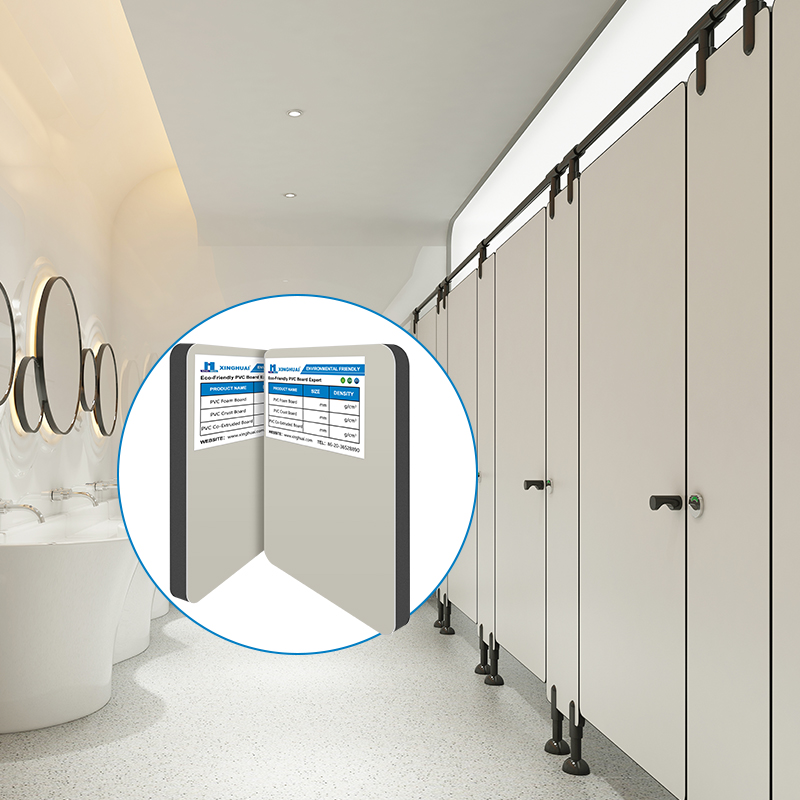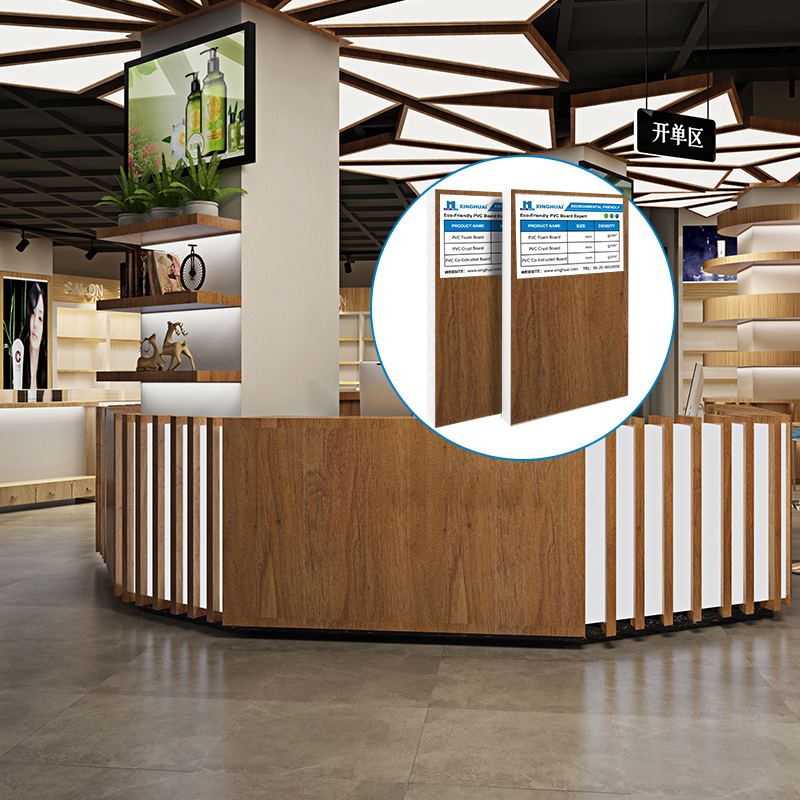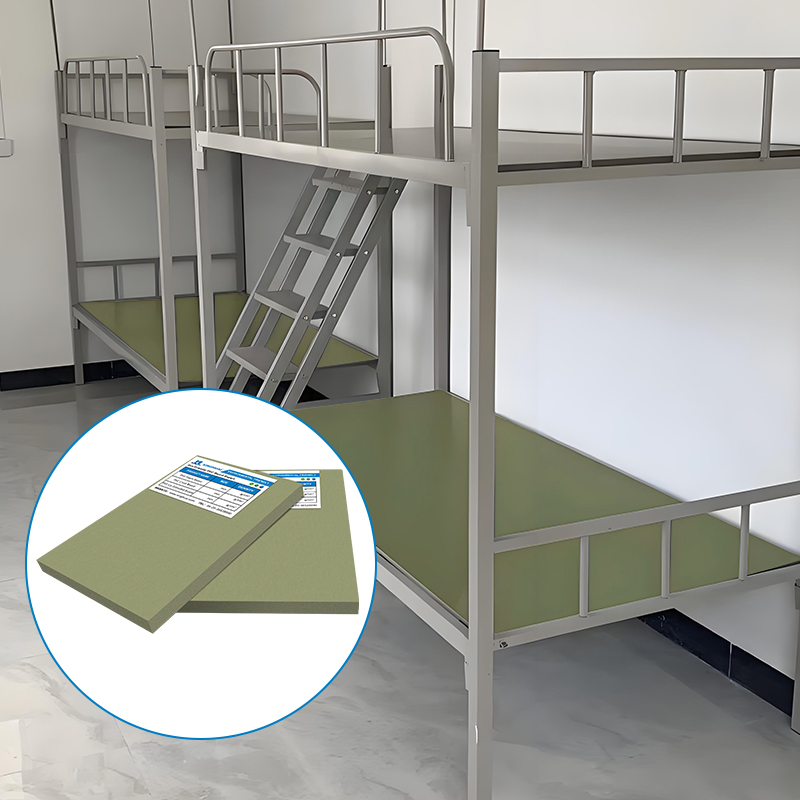How to Perform Anti-Slip Treatment on the Surface of PVC Sheet?
PVC sheets are widely used in advertising, construction, and decoration due to their excellent weather resistance, lightweight, and ease of processing. However, some applications require enhancing the slip resistance of the surface. Here are several common methods for performing anti-slip treatment on PVC sheets:
Use of Anti-Slip Coatings
Apply specialized anti-slip coatings to the surface of the PVC sheet. These coatings form a rough layer, effectively increasing friction and preventing slipping. The coating should be durable, wear-resistant, and weatherproof to ensure long-term performance.Embossing Texture
Embossing a texture or pattern onto the PVC sheet surface using heat press technology can increase the surface friction. This physical treatment improves the anti-slip effect without affecting the appearance. It is ideal for mass production applications.Anti-Slip Films
Apply specialized anti-slip films to the PVC sheet surface. This is a simple and effective method for enhancing slip resistance. Anti-slip films offer good abrasion resistance and durability, making them suitable for applications like advertising displays and flooring.Sandblasting
Sandblasting the surface of PVC sheets creates a fine, granular texture that increases friction. This method is suitable for large-area applications and can significantly improve the anti-slip properties of the material.Coating with Embedded Particles
Mix anti-slip particles (such as silica sand or aluminum flakes) into the coating applied to the PVC sheet. This creates a surface that is both visually appealing and slip-resistant. This technique is commonly used for high-traffic areas like billboards or commercial displays.
By using these methods, PVC sheets can be tailored to meet specific anti-slip needs, enhancing both safety and durability for various applications.




